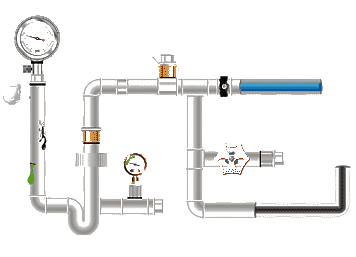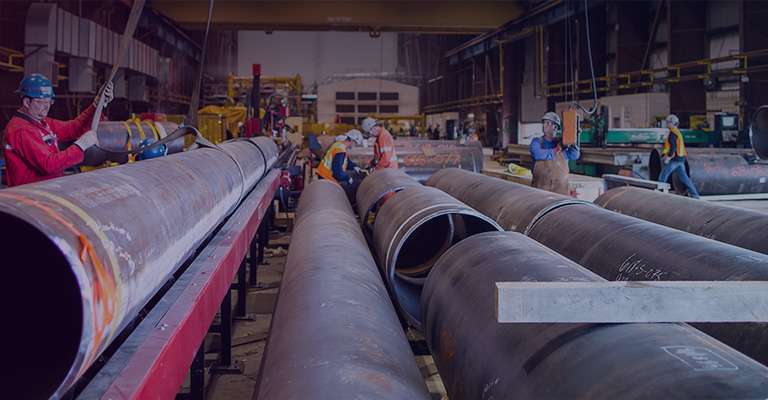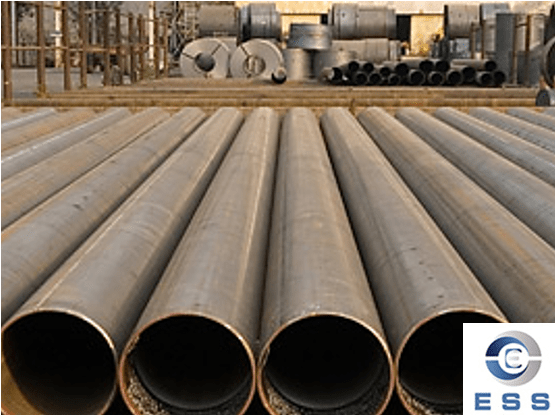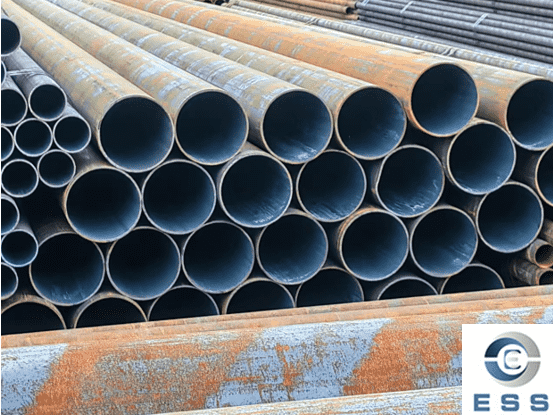
Carbon
steel seamless pipes are a type of steel pipe with carbon as the main
alloying element, which is widely used in machinery, construction, oil and gas,
automobiles and other fields. Compared with welded steel pipes, carbon steel
seamless pipes have the characteristics of high strength, wear resistance,
corrosion resistance, defect-free, and high temperature resistance, so they
have a long service life and can withstand greater pressure and heavy loads.
The size specifications of carbon steel
seamless pipes are mainly composed of outer diameter, wall thickness and
length, and the values of different standard systems (such as national
standards and American standards) are different. The following is an analysis
of key parameters.
CS seamless pipe: Outer diameter range
The specifications of large-diameter carbon
steel seamless pipes generally refer to pipes with an outer diameter greater
than 159mm, and commonly used specifications include φ219mm, φ245mm, φ273mm, φ325mm, etc.
The specifications of small-diameter carbon
steel seamless pipes generally refer to pipes with an outer diameter less than
159mm, and commonly used specifications include φ114mm, φ108mm, φ89mm, φ73mm, etc.
The outer diameter of carbon steel seamless
pipes has various specifications, such as DN15~DN600, etc. In a wider range,
the outer diameter of carbon steel seamless pipes is usually between 6mm and
426mm.
CS seamless pipe: Wall thickness grade
In international standards, the calculation
formula for the wall thickness of carbon steel seamless pipes is:
S=(D-d)/2, where S represents wall
thickness, D represents outer diameter, and d represents inner diameter.
International standards specify the wall
thickness of carbon steel seamless pipes of different types, such as ASTM A106/A106M,
ASTM A179/A179M, etc. In these standards, the wall thickness of the pipe has
specific requirements and ranges, and the required wall thickness is different
according to different uses and service conditions. For example, the ASTM A106
standard stipulates that the commonly used seamless
steel pipe wall thickness is SCH40, SCH80,
STD, XS, XXS, etc., and the standard values and allowable deviations of these
wall thicknesses are also defined in detail.
Taking the American standard as an example,
SCH40 (standard wall thickness) and SCH80 (thickened wall thickness) are
typical classifications. For example, the wall thickness of DN50 steel pipe
SCH40 is 3.91mm, and that of SCH80 is 5.54mm (data source ASTM A106).
CS seamless pipe: Length standard
The length of carbon steel seamless pipes
is generally 6 meters, 9 meters, 12 meters, etc.
The common seamless pipe lengths are 5.8m,
6m, and 11.8m, and can also be customized according to customer needs.
Carbon steel seamless pipe specification
and weight table
The following table shows the
specifications and weights of commonly used carbon steel seamless pipes for
reference only.
|
Model
|
OD(mm)
|
WT(mm)
|
Weight(kg/m)
|
|
10#
|
6-426
|
1-40
|
0.283-81.40
|
|
20#
|
6-426
|
1-60
|
0.283-129.90
|
|
45#
|
6-426
|
1-100
|
0.283-222.91
|
|
Q345B
|
6-426
|
1-100
|
0.283-222.91
|
|
27SiMn
|
6-426
|
1-70
|
0.283-186.21
|
|
16Mn
|
6-426
|
1-80
|
0.283-196.82
|
Common carbon steel seamless pipe
specifications
1. DIN1629/DIN2448 (German standard)
Outer diameter range: 6-426mm
Wall thickness range: 1-40mm
Application: Suitable for general purposes,
such as conveying fluids, gasoline, air, etc.
2. ASTM A106/A53/API 5L (American standard)
Outer diameter range: 21.3-914.4mm
Wall thickness range: 2-50mm
Application: Suitable for high temperature
and high pressure occasions, such as oil, natural gas, etc.
3. JIS G3454/G3455/G3456 (Japanese
standard)
Outer diameter range: 15.9-114.3mm
Wall thickness range: 2-14mm
Application: Suitable for conveying low
temperature fluids, liquefied gas, etc.
4. GB/T 8162/8163 (bid)
Outer diameter range: 10-426mm
Wall thickness range: 2-60mm
Application: Applicable to structures,
machinery, automobiles, pressure vessels and other fields.
5. EN10210-1/EN10216-1/EN10297-1
(European standard)
Outer diameter range: 21.3-711mm
Wall thickness range: 2-100mm
Application: Applicable to construction,
machinery, automobiles, air conditioners, boilers and other fields.
Selection and application
1. High-pressure fluid transportation
For example, oil and natural gas pipelines,
steel pipes with a wall thickness of ≥6mm are required
to ensure pressure bearing capacity.
2. Pipes for mechanical structures
For example, automobile transmission
shafts, precision seamless pipes with an outer diameter of 50-150mm and a wall
thickness of 3-8mm are commonly used.
3. High temperature environment
It is necessary to add alloy elements such
as chromium and molybdenum (such as P11/P22 material), and the working
temperature can reach above 450℃ (according to ASTM
A335).
Summary
The size and specifications of carbon steel
seamless pipes should follow certain principles, such as selecting the
appropriate outer diameter and wall thickness according to the requirements of
the conveying medium, selecting the corresponding carbon steel seamless pipe
specifications considering the pressure level of the pipeline system, and
selecting the appropriate length in combination with the engineering design
requirements. In addition, the production and application of carbon steel
seamless pipes mainly follow specific national or international standards.









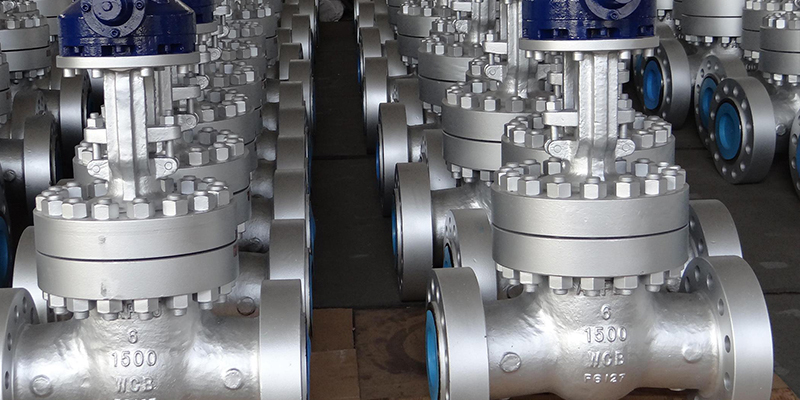
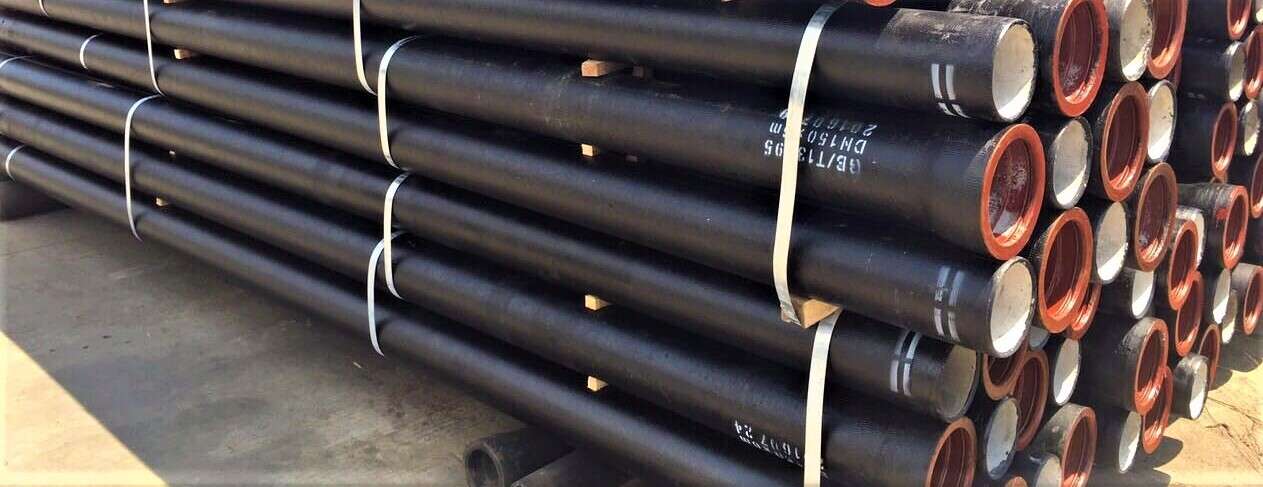


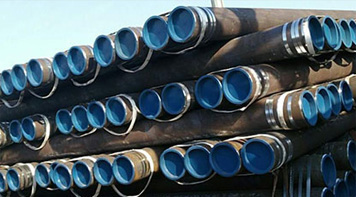 Eastern Steel Manufacturing Co.,Ltd not only improve product production and sales services, but also provide additional value-added services. As long as you need, we can complete your specific needs together.
Eastern Steel Manufacturing Co.,Ltd not only improve product production and sales services, but also provide additional value-added services. As long as you need, we can complete your specific needs together.
